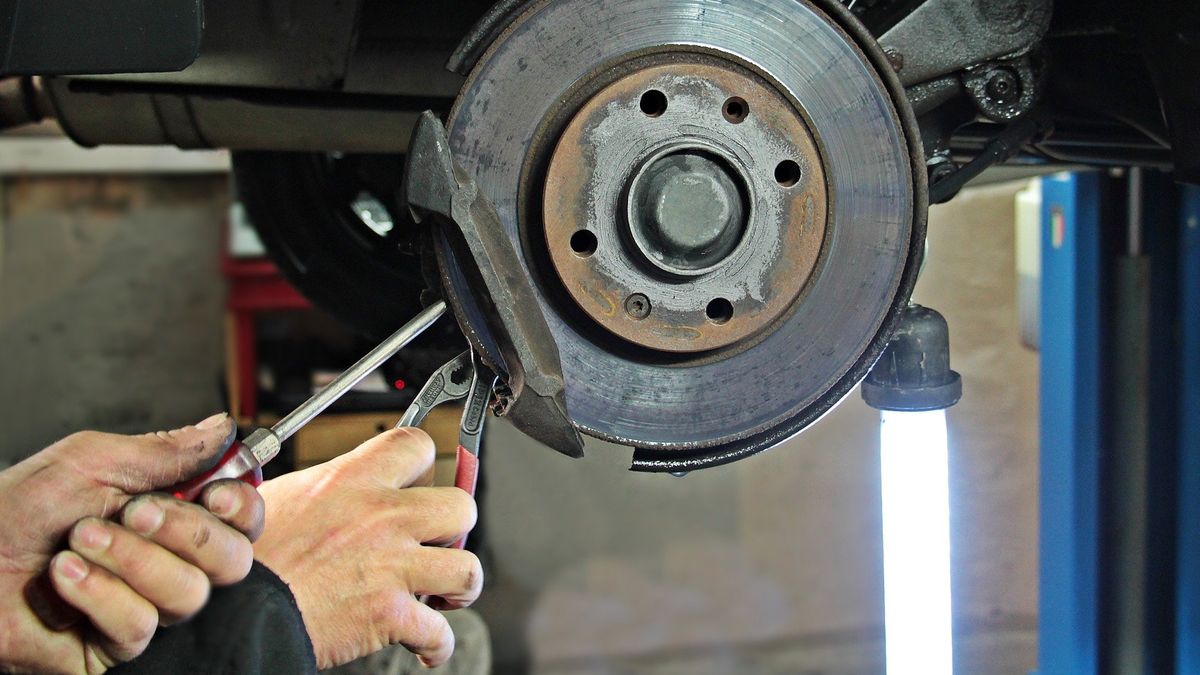Among the countries in Latin America, Costa Rica is presented as the one that has achieved the greatest development in charging infrastructure for electric vehicles and with the highest participation of vehicles of this modality out of the total number of vehicles, although it does not have its own production.
With an area of 51,100 square kilometers (similar to that of the province of Jujuy), the Central American country currently has 249 electric chargers (more than those surveyed in the entire Argentine territory), which far exceeds the number of a recharging device every 200 kilometers, necessary to guarantee the travel of a car throughout the country.
“In Costa Rica, the mechanical workshops no longer have the smell of oil,” said Silvia Rojas Soto, president of the Latin American Association of Sustainable Mobility (Alamos) and director of the Costa Rican Association of Electric Mobility (Asomove), alluding to how the Electromobility also changed other sectors of the economy and daily life in general.
At the launch of the Electric Route of the Southern Cone that took place at the Sero Electric facilities, within the Morón Air Base, Rojas stated that electromobility is not an initiative for the future but rather that in many countries it is part of everyday lives and assured that the results are favorable, to the point that “no one who has an electric vehicle wants to go back to a combustion one.”
To explain this concept, the president of the Chilean Electric Vehicle Association (AVEC), Rodrigo Salcedo, resorted to a scene that is becoming more and more common: “people believe that electric cars are something from science fiction, from a very distant future, but then he goes to the supermarket and pays the bill with a cell phone.
Rojas highlighted the importance of the joint work of entrepreneurs in the sector with the authorities and in this regard highlighted the importance of public policies, which in the case of Costa Rica was reflected in 2018 with the sanction of Law 9,518 on Incentives and Promotion for Electric Transportation.
Among these incentives are “exempt parking meters” (free parking) and the so-called “green plate”, a patent that identifies the electric vehicle exempt from paying the corresponding fee.
But the main boost came from tax cuts, which allowed the price of electric cars to “drop 45%.”
In the five years that have passed, Rojas highlighted the progress, reflected in the fact that of the total number of automobiles sold in Costa Rica so far in 2023, 11% are 100% electric and that of the 460 existing models on the planet, 60 circulate throughout the territory. Costa Rican.
In this regard, he assured Télam that in his country they already see hybrid cars “as something outdated, because they have a combustion engine, which you have to put gasoline in, it has a muffle (exhaust) and generates emissions.”
“We already have vehicles with 500 kilometers of autonomy, when one with 400 kilometers is offered, I see it as an old model, like an iPhone 5,” he concluded, with a comparison that refers to times when – like today, electric cars – cell phones seemed like an extravagance.
Source: Ambito




